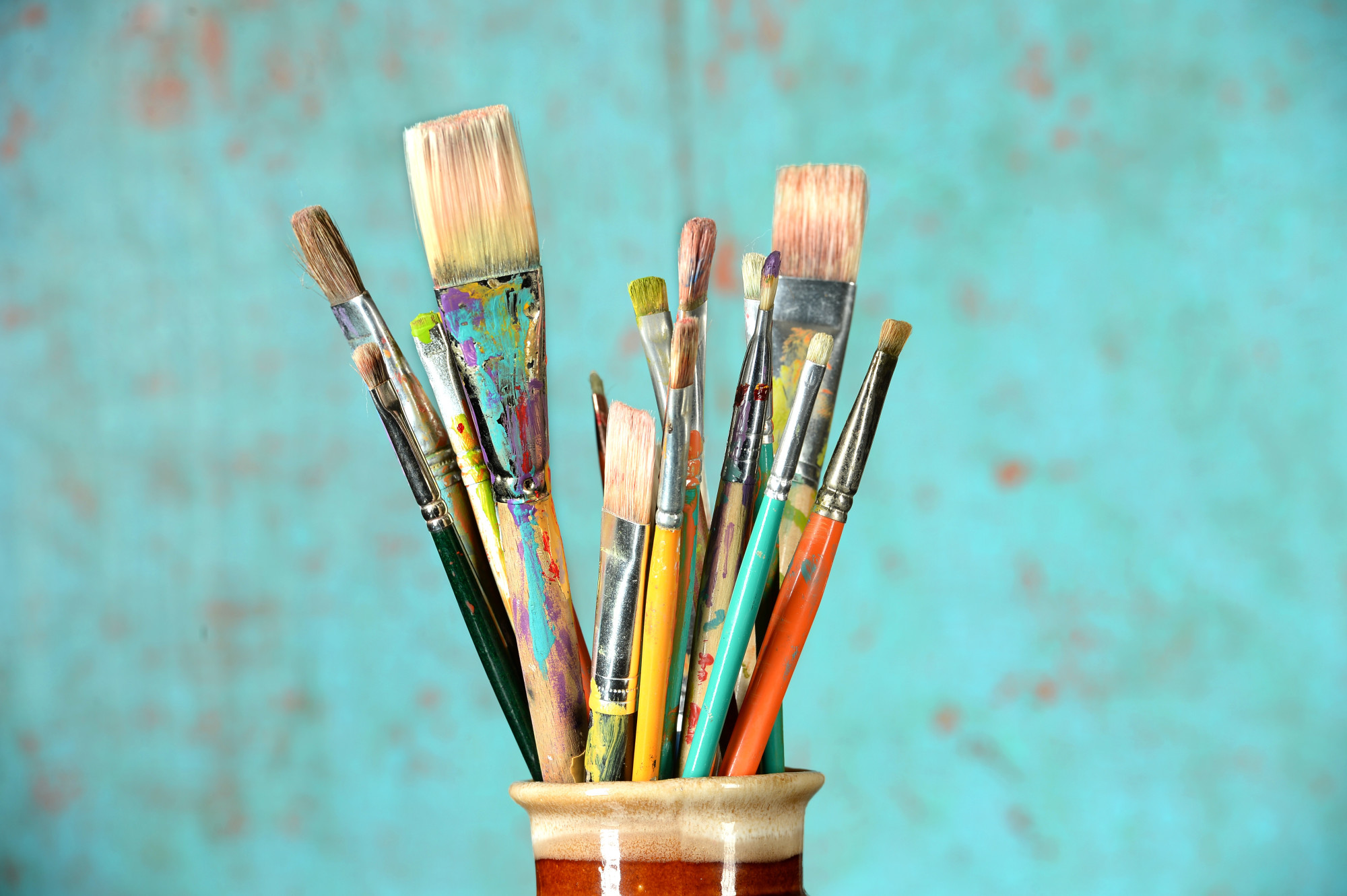
The Complete Guide to Buying Paint Brushes: Everything to Know
Did you know that roughly half of the American population regularly practices some form of art? And among the most common are photography, music, and painting.
Would you like to pick up a new hobby that allows you to express your creative side? If so, painting is an excellent choice and doesn’t require much money to get started.
In this post, we’ll teach you all you need to know about buying paintbrushes so you can get started!
Bristle Material
There’s no hard and fast rule about which paintbrush material is best since it depends on the medium you use.
For example, if you use oil paints, you will want resilient and bouncy bristles. Meanwhile, watercolor requires soft bristles that retain moisture, and acrylic paints work better with fine strands.
Here are some of the most common materials:
- Hog- stiff and springy, making them ideal for oil painting
- Badger- thick tipped brushes that are ideal for broad strokes in oil painting
- Sable- perfect for watercolor and acrylic because they’re fine and retain water
- Mongoose- sturdy hair that works well with acrylic paint
- Squirrel- soft brushes that lack resistance, used in inking and watercolor
- Synthetic- most affordable
When comparing brush prices, you’ll notice that animal hair brushes are typically more expensive than synthetic ones. However, you can save money by purchasing paintbrushes that mix some animal hair with synthetic fibers.
Paintbrush Shapes
Another factor to consider when picking out brushes is their shape since you’ll need different types of paintbrushes when doing broad brushwork and fine details.
Some of the most common brushes are round, perfect for making long strokes and detail work. Yet, flat brushes are great for creating blocks of color. Filbert brushes are somewhere in the middle, ideal for general brushwork and blending.
As for specialty brushes, you can use a bright brush if you want short and controlled strokes. And fan brushes are great for painting leaves or grass and adding texture.
Of course, there are even more types of brushes on the market, so be sure to experiment with them until you find what you like!
Paintbrush Sizes
Figuring out different brush sizes is tricky because there is no standard size in the industry. However, it would be best if you had a mix of small, medium, and large brushes, emphasizing larger sizes since these are the ones you will use most.
Many people make the mistake of painting with teeny tiny brushes, but larger brushes give you much more expressive strokes and help you cover the canvas faster. They also help you capture the essence of your subject without getting caught up in the small details.
You can find more information here to help you avoid making common painting mistakes, such as the one we just mentioned!
Buying Paintbrushes Just Got Easier!
There are a lot of factors to consider when buying paintbrushes, but the most important are the material, shape, and size. After reading this post, you should have a general idea of which ones to buy. Just be sure to make them last by practicing good paintbrush maintenance!
Would you like to learn more about painting and art? If so, visit related content on our blog before you go!
